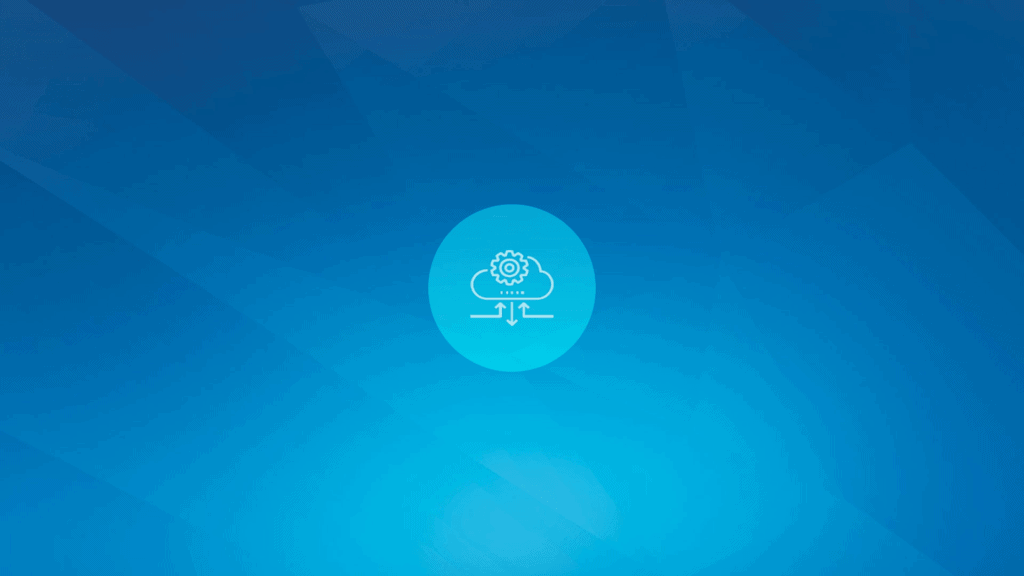When we refer to data obsession, we’re referring to key data requirements relating to data quality, mastering of data, and change management centered around master data activities. The goal is to prepare your data to be moved, shared, consumed, and analyzed. This plan should include a strategy for accountability for managing data architecture, hygiene, and stewardship. Establishing a “single source of truth” for key data elements is where a powerhouse data-driven solution flexes its potential for organizational change. As you’ll see, digital transformation doesn’t end at your CRM needs. When data obsession is done right, it also leads to a cultural transformation in your company, giving you a return on your investment that perhaps you didn’t anticipate which is why it is included as a key driver in Silverline’s 10 keys to successful digital transformation.
Benefits of Being Data Obsessed
The benefits of being data obsessed multiply the deeper your commitment to capturing, sanitizing, and governing your data goes. You’ll garner technical savings by consolidating the disparate data silos when you roll all your data up to a central place of governance, spinning multiple systems down and saving on licensing costs. The single source of truth we’ll show you how to create means less confusion for your organization around your revenue numbers, along with the added bonus of a 360-degree view of your customer’s analytics via a single customer record. A centralized customer view is an important by-product of the data obsession process, driving the maximum return on your data investment.
Costs of Avoiding Data Obsession
Most commonly, organizations that aren’t data obsessed are ones busy just trying to stay afloat. They’ve acquired so much tech, without controls in place, that they fail to find the exploitable value in their data. This leads to lost opportunities and the degradation of their data and financial investment.
In these situations, data becomes spread throughout the organization like a spider web, with thin lines of unmanageable data they can’t build onto as heavily as their business needs. Unfortunately, those threads of data have become mission critical. The data has been around the organization on average of 5-7 years, and they can’t get free of it or use it to build something with greater value to the organization. These threads will snap under the slightest amount of pressure.
Compounding the problem, once you tie in a data set into a system, it’s implanted into your infrastructure, implanted into your eco-system, and it’s incredibly hard to unravel it. This scenario is the consequence of avoiding governance, and it’s a recipe for disaster. Organizations end up in point-to-point integration hell with a lack of data standards and a running pipe of blind manual scrubbing of records in your day to day operations.
This leads us to what an organization needs to do to become data obsessed.
Getting Your Business Ready to be Data Obsessed
The first task is to assess your organization’s readiness. Are you ready to align disparate sources of data sets to a single source of truth? Are you prepared to cleanse and sanitize your data through predictive analytics and get it ready for the project?
The second task is to assess your organizations’ people processes. Do you have the people and governance in place to manage the inevitable ripple of change about to spread through your organization? Does your project plan include accountability for managing data architecture, hygiene and stewardship?
Not to be forgotten in the second task is the need for security. Security can’t be an afterthought, or it will cost you financially and organizationally in the long run. Salesforce and Silverline have a solution to encrypt your data at rest, but your organization still needs to consider the entire data distribution chain, including authentication and authorization, to avoid security pitfalls and data degradation. You’ve spent time and money cleansing and sanitizing your data through predictive analytics, so it’s important to protect it.
Finally, consider your vision to avoid building on the spider web. Lead with the business value and where you want the project to end up. This is setting the future state for your project. By properly executing on your vision first and technology second, the technical solution and your data won’t get watered down by the end of the project, thereby preserving the maximum ROI for your business.
Make the Leap to Becoming a Data Hoarder
Here’s a bonus tip: collect your data early and often, as much data as is possible. Take the step from being data obsessed to becoming a data hoarder and build out solutions that support your hoard. You never know when you may want to come back and do some predictive data analytics for that data, or when a new idea may surface you want to explore, or a new framework comes out that’s perfect for leveraging and monetizing that data. Hoarding your data means you can stay on the bleeding edge of whatever comes down the technology or business pipeline. Hoard that data like a dragon hoards gold, it’s worth it.
How Silverline can Foster Data Obsession and Digital Transformation for Your Business
Silverline has established itself as an industry leader in designing and executing CRM solutions. Data obsession is the heart of what we do with the Salesforce platform, and our commitment to data and CRM execution often ends up being felt throughout an organization, beyond the original scope of the project. I’ve been involved in projects that start out with a single goal: Enterprise Process Alignment. However, as Silverline becomes deeply involved in these organic initiatives, especially on the data side, Silverline’s CRM best practices spread to other parts of your organization naturally, adding value into places you didn’t expect at the beginning of the project.
For example, a leading investment bank started out with an account master project. They built their plan based on the recommendations we’ve discussed in this article, and that was the scope of benefit the client expected.
Now, the CRM driver for digital transformation we built is pressing on other business initiatives within their organization, becoming a catalyst for streamlined, operational changes that will push the business closer to its goals. Driving a cultural change in an organization that occurs naturally through execution of Silverline’s best practices is one of the most important by-products I’ve seen in a data-driven solution, and it’s exciting to be a part of it.
To sum up what we’ve covered, the benefits of being data obsessed are:
- Consolidation of disparate data sources, saving licenses and preventing loss of data.
- Creating a single source of data truth for your whole organization and setting up proper governance to protect it.
- Creating a single analytic view of your customer via a single record, aiding in your business process alignment.
For more information, check out our webinar on Data Obsession for a deeper look at Silverline’s philosophy and strategy surrounding data.
Whether you’re new to digital transformation and data obsession or you need to jumpstart your existing journey map, Silverline has best practices to help you navigate your route. Subscribe to the Silverline blog as we dive into each of the 10 keys to successful digital transformation on the Salesforce platform.




